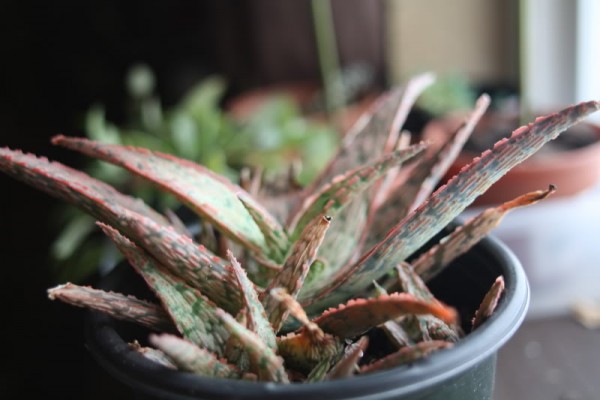Keeping Your Indoor Greenery Healthy ... and You (Hopefully) Happy
Let’s face it: This is the time of year when winter gets really wearing.
The cold is enough. Yet even the outdoor visuals are depressing. Most trees are bereft of leaves. Snow covers the ground. In open patches of lawn, what’s exposed is probably brown.
Winter is a long season in Brookfield, Elm Grove and New Berlin, WI. It’s especially hard on gardeners who enjoy digging their hands into rich soil, or homeowners who relish the aroma of fresh-cut grass after hopping off the mower.
By late February, anything green and alive is a source of cheer and hope. For many people, the houseplants dotting their homes fulfill this mental health role. Their mere presence, while everything else seems dark and frozen, is a beacon of better times to come.
For this reason alone, taking care of houseplants takes on a special importance in winter. Most indoor plants are pretty low maintenance to begin with. They have other tangible benefits, primarily creating oxygen and removing airborne toxins. With most homes closed up tight in February, the fresh air is welcomed.
Keeping houseplants (and perhaps by extension, you) happy in winter is about understanding that the conditions that affect us, affect them, too. Shorter days and less light bringing you down? Well, plants need sunlight simply to live. It drives the photosynthesis process that creates their life energy.

These tips can help your houseplants survive the winter, before you perhaps transfer them outdoors when welcoming conditions reappear:
- Sunlight in winter is shorter and less intense. Moving plants to a window with southern exposure can ensure they get enough light.
- Houseplants don’t like drafty spots, whether from a door or leaky window letting in cold air, or a heat vent blasting warm air. Try to find an in-between location, if possible.
- Plants that spend the summer and fall outside often drop leaves when brought inside for winter. Don’t be alarmed. Some plants even grow thinner new leaves to adapt to the lower light levels.
- Believe it or not, dust buildup on leaves blocks sunlight, reducing plants’ photosynthesis. Spray with a bottle, or put large plants in the shower, to clean their leaves.
- “Leaf shine” products might make plants more attractive, but have drawbacks. They reflect light away from leaves (again reducing photosynthesis), and their stickiness collects even more dust.
Houseplants do need regular watering, but too much (or little) is not a good thing. Fertilizing can be a smart idea, too. We’ll address these topics next week - when it will officially be March, and the calendar declares that spring is just weeks away.
<<-- Back to List
Email to a friend